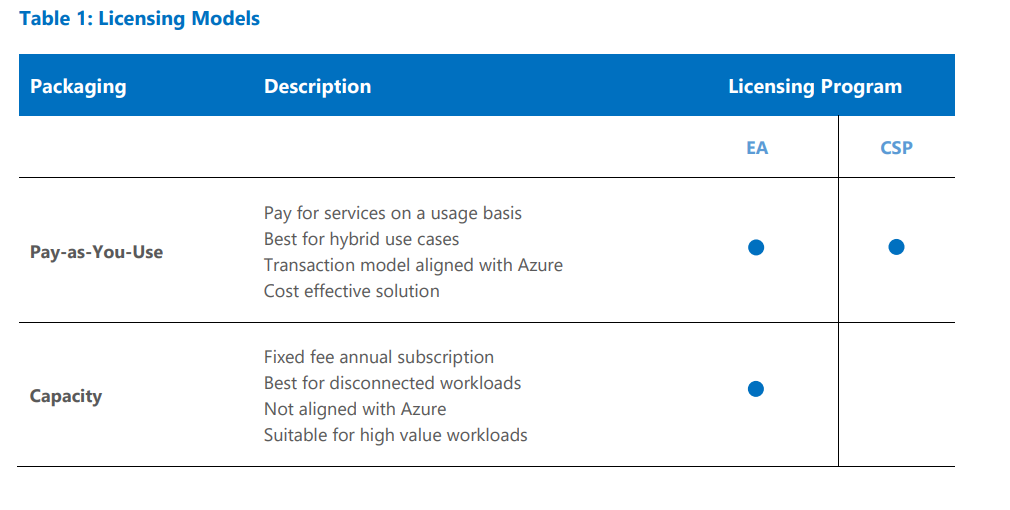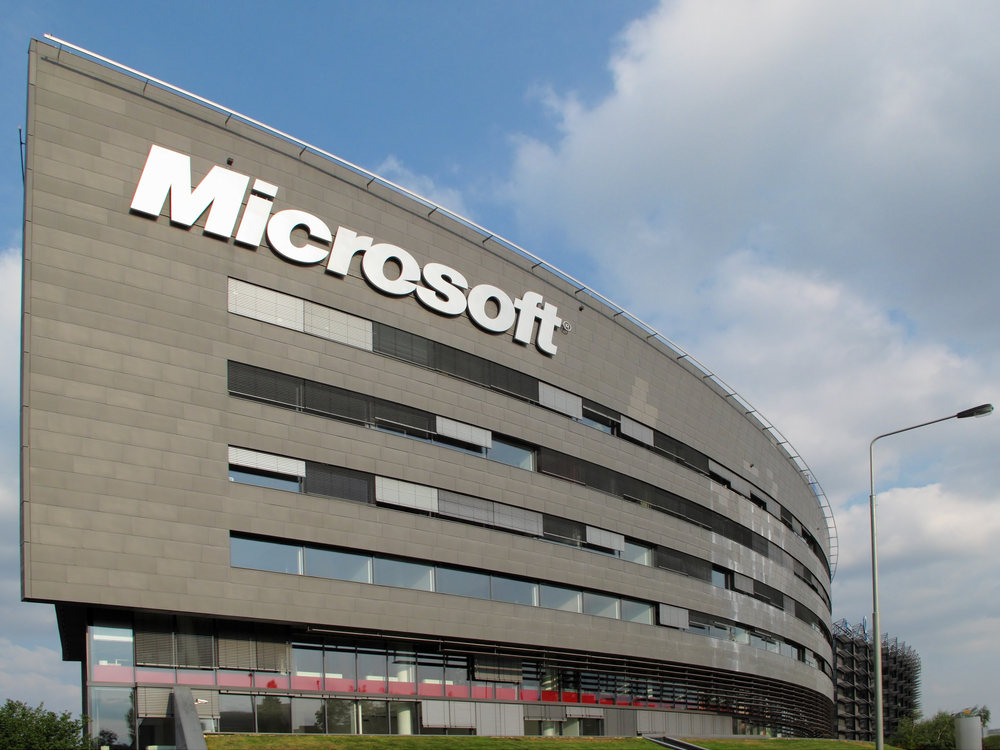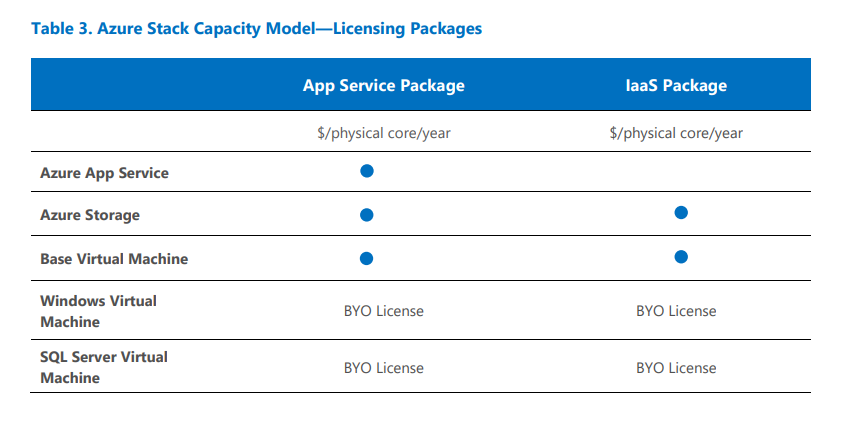Azure stack gives users the ability to run their own autonomous cloud, which can be completely or partially disconnected from the internet and public cloud.

Azure Stack’s underlying technology is the same one that underpins Microsoft’s Cloud platform
- Azure VMs for Windows and Linux
- Azure Web Apps and Functions
- Azure Key Vault
- Azure Resource Manager
- Azure Marketplace
- Containers
- Azure IoT Hub and Event Hubs
- Admin tools (Plans, offers, RBAC, etc.)
When Azure Stack is deployed, it includes the following foundational services by default. This allows users to build their own IaaS service with minimal configration.
- Compute
- Storage
- Networking
- Key Vault
Azure Stack architecture
Azure Stack integrated systems contain racks of 4-16 servers built by Microsoft selected hardware partners. After the hardware is delivered, a solution provider will help the customer install and deploy the system according to business requirments.
Deployment options
Azure Stack has two deployment options: Azure Stack integrated systems for production use and Azure Stack Development Kit (ASDK) for evaluation:
Azure Stack integrated systems. Azure Stack integrated systems are delivered by Microsoft and Microsoft’s hardware partners.
Azure Stack Development Kit. The Azure Stack Development Kit (ASDK) is a free, single-node deployment of Azure Stack that’s designed for evaluation and learning purpose.
To establish Identities, Azure Stack uses Azure Active Directory or Active Directory Federation Services.
Azure Stack: Management
Azure Stack can be managed either through administrator portal or using PowerShell. Azure Stack uses Azure Resource Manager, the deployment and management service for Azure, to secure and organize resources after deployment.
Azure Stack: Pricing
There are two ways to purchase Azure Stack:
1. Purchase Azure Stack services from Microsoft (via Enterprise Agreement) or
2. Purchase Azure Stack services from a service provider

| Service | Price |
| Base virtual machine | $0.008/vCPU/hour ($6/vCPU/month) |
| Windows Server virtual machine | $0.046/vCPU/hour ($34/vCPU/month) |
| Azure Blob Storage | $0.006/GB/month (no transaction fee) |
| Azure Table and Queue Storage | $0.018/GB/month (no transaction fee) |
| Azure Standard Unmanaged Disk | $0.011/GB/month (no transaction fee) |
| Azure App Service (Web Apps, Mobile Apps, API Apps, Functions) | $0.056/vCPU/hour ($42/vCPU/month) |
Since Azure Stack is sold as an integrated hardware system, it comes with pre-installed software. Customers will purchase Azure Stack hardware and hardware support directly from Microsoft’s hardware partners. But Azure services and support will be provided directly by Microsoft.
To use Azure Stack in disconnected mode, Microsoft offers a capacity model pricing. This allows customers to license all the physical cores in their deployment with a fixed fee annual subscription.




